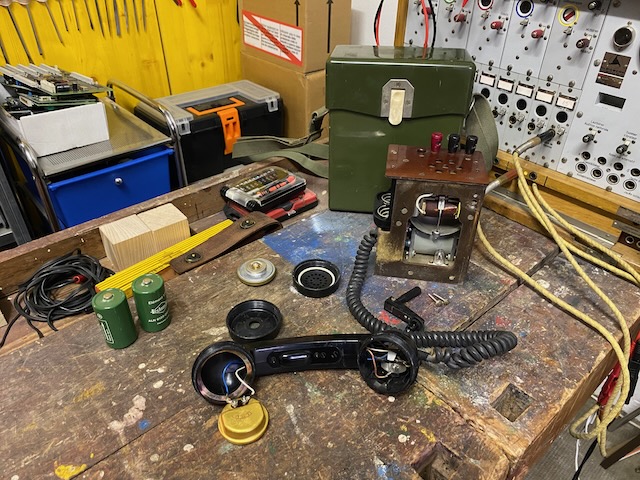
This device appears to be a T65-1, which is the plastic-cased successor to the leather-cased T-65 [1]. There are no markings indicating the type, make, or year on the device itself. However, a very similar model found on Chinese auction sites apparently carries the designation "HCX-3". The plastic casing seems to draw some design inspiration from the German FFsp 33, while the overall construction bears similarities to the U.S. EE-8 field telephone.
It is a simple, compact, lightweight, and durable design, the handset feels somewhat flimsy though, reminiscent of a toy phone.
Disassembled.

Diagram attached to the top lid inside.
The Chinese characters 电原理图 seem to just translate to "electrical schematic diagram".
It is a simple but effective electrical setup with an anti-sidetone circuit and a line impedance adaption.
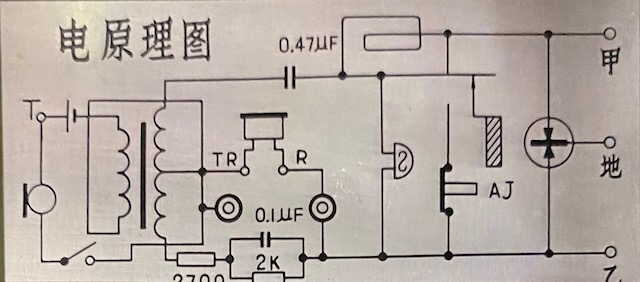
The plastic handset with PTT button.
The RX capsule has screw on terminal whereas the TX capsule is setup for easy replacement.
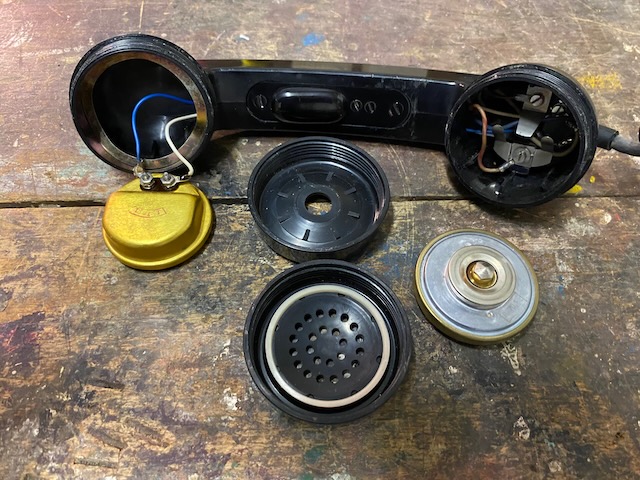
The chassis from the front.
Visible are the magneto and the ringer and in front of the magneto the lightning arrester.

The chassis from the right side.
Visible are magneto and bell and headset sockets.

The chassis from the left side.
Visible are magneto and bell and binding posts.
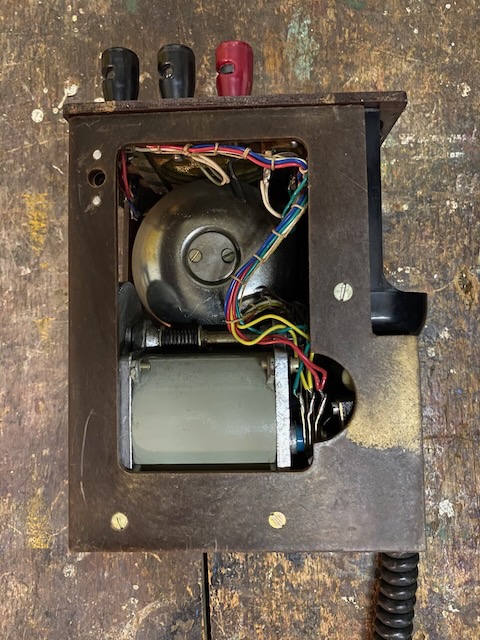
From the bottom.
Handset terminals, three wire handset.
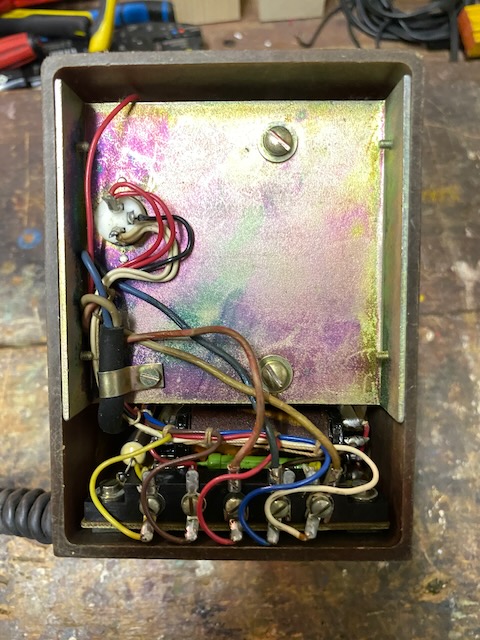
The battery cage takes two D-Cells.
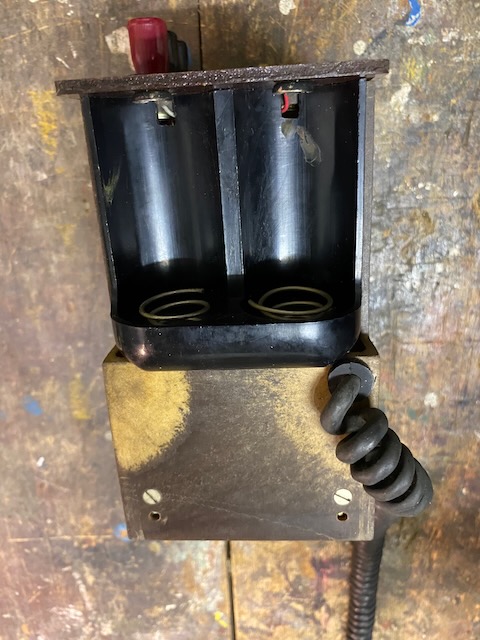
From the top.
Below the binding posts the line/ringer test button.
On top the headset sockets.
Hols with a mesh protection to let through bell tone.
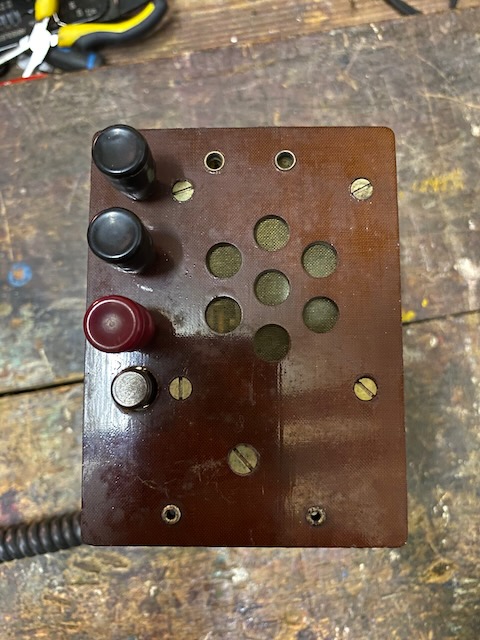
The empty plastic shell.
The holder to the left is used to store the magneto crank.
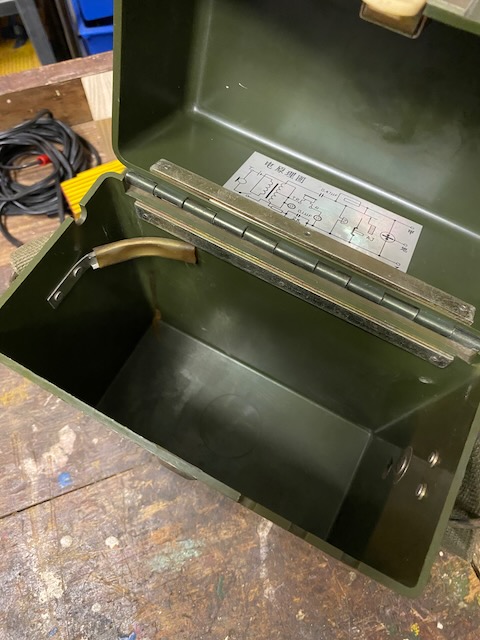
The magneto hole with slide-able cover.
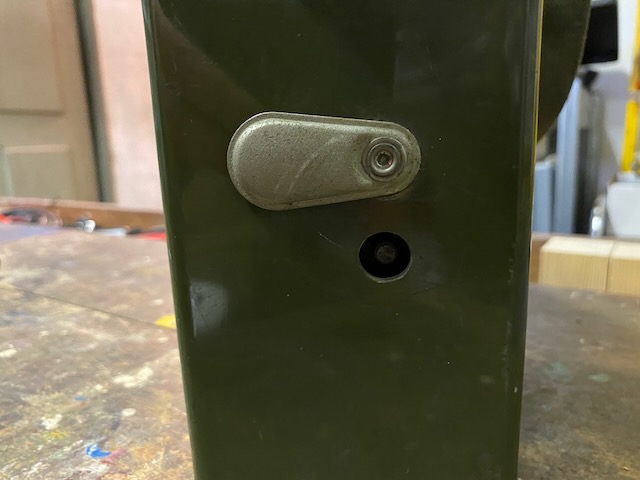
Neatly arranged.

Ready to use.
Can be used with closed lid (weather protection).
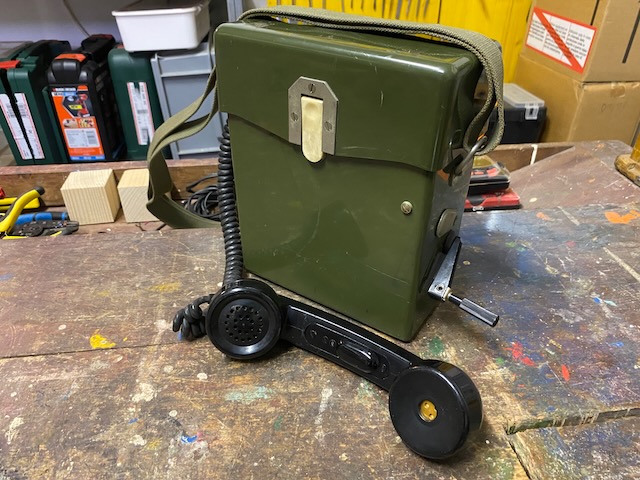
Magneto crank and handset stored.
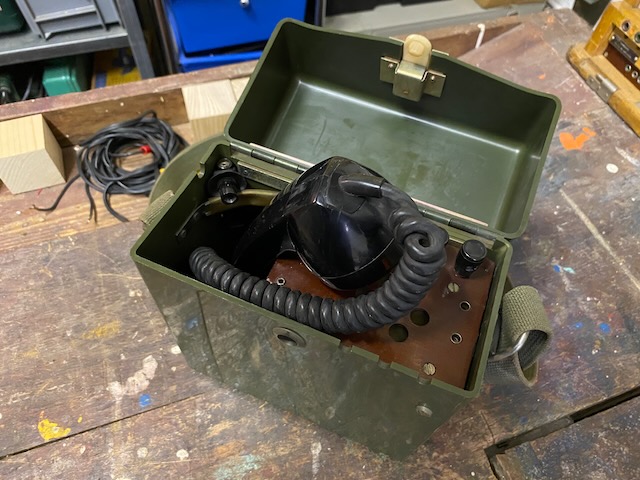
Ready for transport.
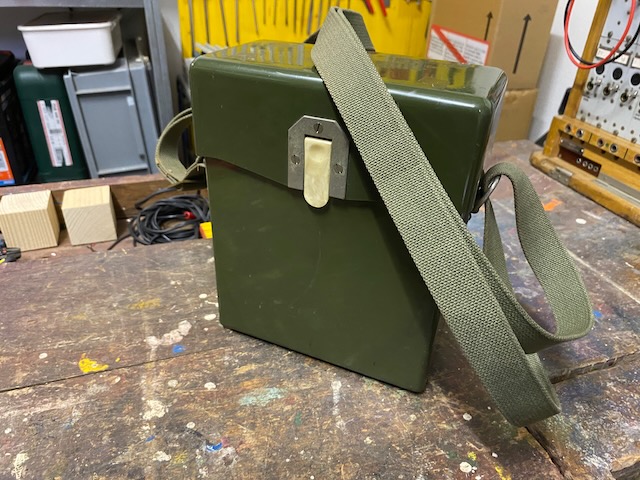
Back.
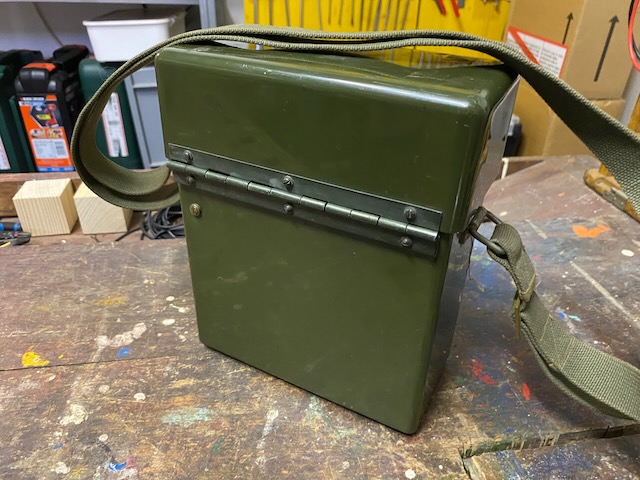
Bottom.
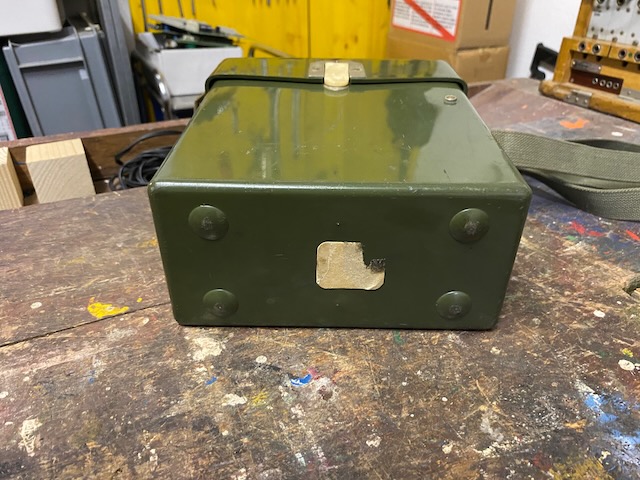
Creative Commons Attribution-ShareAlike 4.0 International License